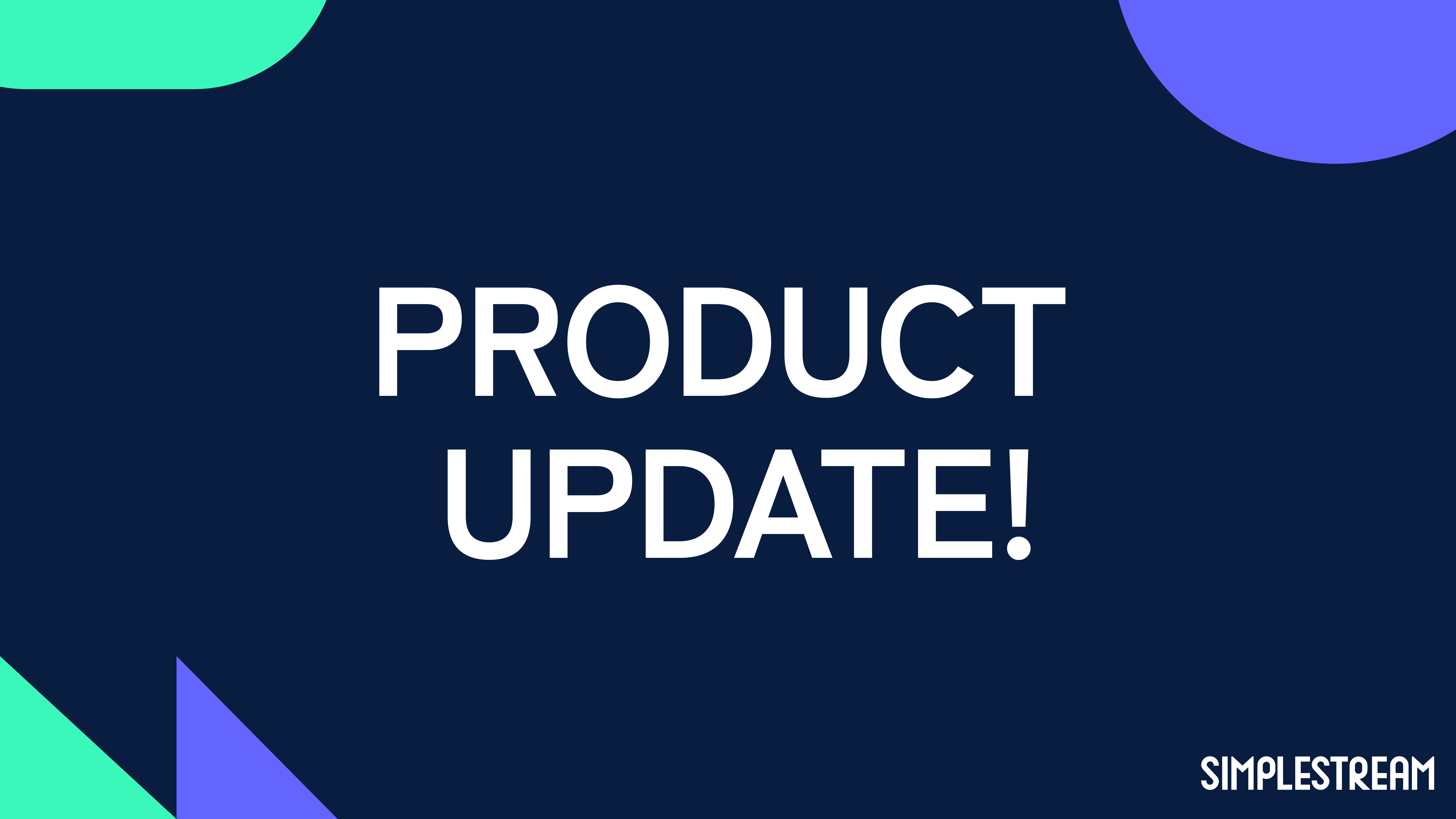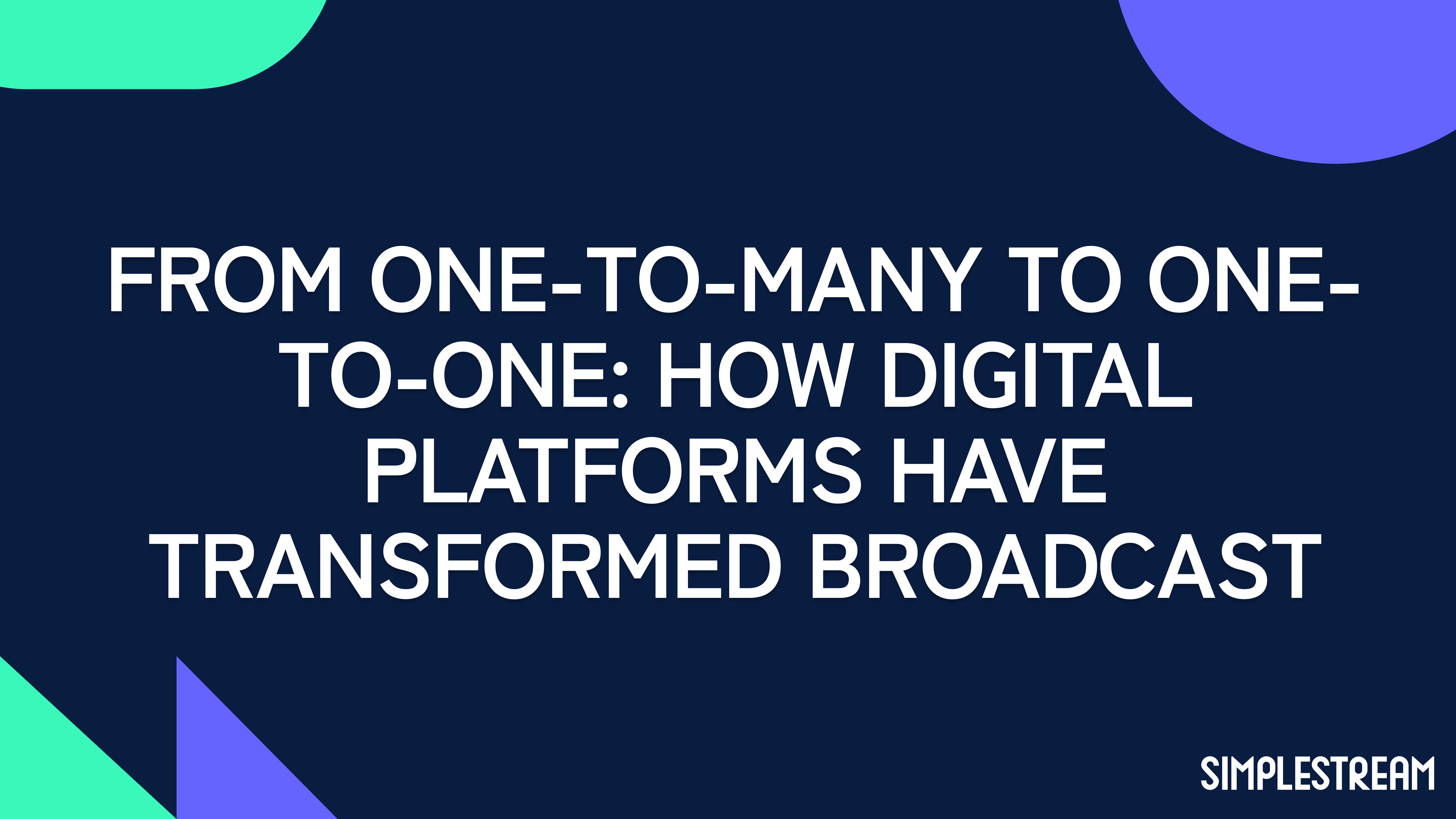How to start an AVOD streaming service
Don’t know where to begin when building an AVOD streaming service? This guide covers everything you need to know about making one.
#1. Start with the basics: content acquisition
#2. Getting off the ground: monetisation, ad servers, and insertion
#3. Growing your audience
#4. The nuts and bolts
Advertising is set to grow exponentially over this year and beyond. It should come as no surprise then, that advertising video on demand (AVOD) models will be following suit. AVOD streaming services are on track to hit revenue of $260 billion by 2025, so it’s a good time to start thinking about this monetisation method.
This newfound popularity is being driven by the largest VOD streaming services offering an advertising tier, either as part of a cheaper subscription or together with free access. The AVOD model offers the viewer the same benefits as other video-on-demand services, such as SVOD or TVOD, but without the added cost. You could even offer viewers a TV-like experience with a FAST channel. Find out the differences between AVOD and FAST in our other blog.
#1. Start with the basics: content acquisition
Fact: a key component of any successful AVOD streaming service lies in the content available. Having a target audience and basing your content choices around what will be the most appealing and engaging to them is a great place to start. After all, you don’t get fish on the hook with no bait, and you may catch the wrong ones if you choose poorly.
If your content is original you’ll likely already have an idea of who your target audience is. This means that you don’t need to worry about rights and licensing. However, if you’re acquiring content, then it’s a different story. Finding the right content and licensing it as part of a deal that will work with your AVOD model is essential. The rate you agree should consider these figures:
- Viewership on your platform
- Average CPM (Cost per mille) for your ads
- License cost: flat fee, minimum guarantee, or revenue sharing

The bottom line is that the content you choose to acquire needs to be viable to turn a profit. Acquiring the license for “Friends” isn’t going to be viable if you only have 3,000 viewers per month. Choose content that fits your niche, engages your audience, and is in line with your current and future viewership trends.
#2. Getting off the ground: monetisation, ad servers, and insertion
Using advertising to monetise your content is a great idea, but how exactly do you plan on doing it? There’s a range of things to consider first:
- What ad server do you use?
- Where do you insert these ads in your content?
- How do you insert those ads?
Start from the foundation, your ad server. It’s what’s used to manage the advertising shown in your content. Getting a deal with one of these companies is dependent on how many ‘impressions’ you can generate via your streaming service for the ads they provide. This is simply how many times an ad would be viewed on your service.
Next is deciding when and how many ads you insert into your content. Data and analytics are the only way to make a considered choice when doing this. There are pre-roll and mid-roll ads, which are placed before and during your content respectively. You’ll need to understand what’s palatable for your viewers, do they switch off because you’re running pre-roll ads? Increasing the length of your mid-roll ad pods could net the same amount of ad impressions you’d generate by running pre-roll, without losing viewers. We’ve recently published a white paper on data analytics which explains the benefits of a data analytics integration in much greater detail – access it here.
Finally, the method you use to insert ads into your content is integral to a successful service. There are two types: server-side and client-side ad insertion (SSAI and CSAI). A key differentiator between these methods is that – unlike with CSAI – server-side insertion stitches ads directly into the stream meaning they can’t be skipped. SSAI is also much simpler to set up and can significantly speed up the time at which you could be showing ads on your streaming service.
#3. Growing your audience
Drawing in an audience for an AVOD streaming service isn’t a case of ‘build it, and they will come’. Competition is rife, with a plethora of well-known platforms offering an ad-supported tier for their services now. Marketing has never been more important. You could stand out in a saturated market with a simple and well-executed marketing growth campaign.
It’s not just growing your audience that you should focus on though. You certainly wouldn’t stop watering a flower once it’s bloomed, so you shouldn’t do the same with your streaming service. Map your customer journeys and enhance their experience with in-app marketing at strategic points. Banners or push notifications can direct them to new and exciting content, all simply implemented with Simplestream’s AppsFlyer integration.
#4. The nuts and bolts
You’re probably getting to the point where an AVOD streaming service feels within your grasp. Now comes the difficult part, the technical infrastructure that sits behind it. Whether you’re already operating an OTT service, or starting from scratch, it needn’t be complex.
Creating a proprietary streaming service would be the most expensive option, and you could get the same control by using third-party software. Look at it as if you want to start an airline business, would you also build the planes, or do you use a trusted manufacturer and focus on the business?
The same principle applies to building streaming and OTT services, regardless of the multi-platform, sophisticated experience you want to provide your audience with. Trust a technology provider with experience in creating ad-supported infrastructures and integrating any third-party, seamlessly.



